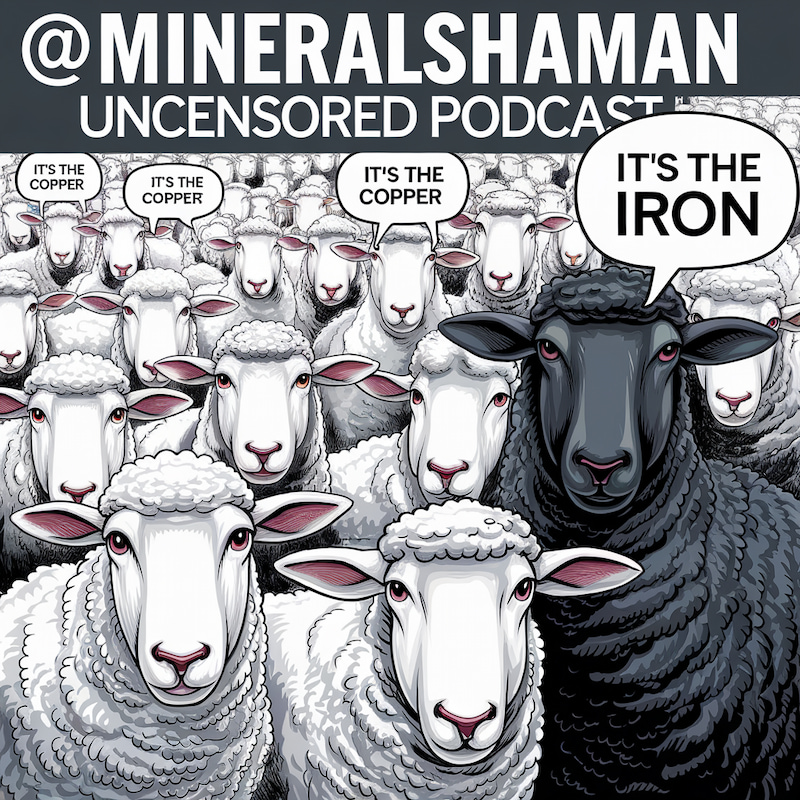Comparative Analysis of Aluminum Exposure: Tattoo Inks versus Vaccines
Introduction
Recent studies have highlighted the presence of various metals, including aluminum, in tattoo inks. This article aims to provide a quantitative comparison between aluminum exposure from tattoo inks and aluminum-adjuvanted vaccines, drawing on recent research findings.
Methodology
Data for this analysis were sourced from peer-reviewed studies on tattoo ink composition and vaccine formulations. Key sources include Cansever and Sogut (2022) for tattoo ink analysis and Exley (2020) for vaccine aluminum content.
Results
Aluminum Content in Tattoo Inks:
Cansever and Sogut (2022) reported elemental aluminum concentrations in tattoo inks ranging from 1191.1 to 3424.9 mg/kg.
Aluminum Content in Vaccines:
Exley (2020) noted that typical aluminum adjuvant content in vaccines ranges from 0.125 to 0.85 mg/dose. Specifically, the Infanrix Hexa vaccine contains 0.82 mg of aluminum salt per 0.5 mL dose.
Concentration Comparison:
- Tattoo ink (elemental Al): 1191.1 – 3424.9 mg/kg
- Infanrix Hexa vaccine (Al salt): 1640 mg/kg (0.82 mg / 0.5 mL)
- Infanrix Hexa vaccine (estimated elemental Al): ~566 mg/kg (0.28 mg / 0.5 mL)
Exposure Calculations:
Tattoo exposure (elemental Al):
Assuming 1 mg of ink per cm² of tattoo (Laux et al., 2016):
For a 10 cm² tattoo:
- Minimum exposure: 0.01191 mg Al (using 1191.1 mg/kg concentration)
- Maximum exposure: 0.034249 mg Al (using 3424.9 mg/kg concentration)
Vaccine exposure (elemental Al):
Single dose of Infanrix Hexa: ~0.28 mg Al (estimated from 0.82 mg Al salt)
Important Distinction: Aluminum Salts vs. Elemental Aluminum
It’s crucial to note a significant distinction in how aluminum content is reported in different contexts. As Exley (2020) points out, there’s often confusion between aluminum salts and elemental aluminum:
- Vaccines: Aluminum content in vaccines is typically reported as the amount of aluminum salt (e.g., aluminum hydroxide or aluminum phosphate), not as elemental aluminum.
- Tattoo Inks: Studies on tattoo inks often report the content of elemental aluminum.
This distinction is important because the actual amount of elemental aluminum in a vaccine is lower than the reported amount of aluminum salt. For example, in aluminum hydroxide (Al(OH)₃), only about 34.5% of the compound’s mass is elemental aluminum.
To make a more accurate comparison:
- For the Infanrix Hexa vaccine (0.82 mg Al per dose), the amount of elemental aluminum could be approximately 0.28 mg, assuming it’s in the form of aluminum hydroxide.
- The tattoo ink values (1191.1 – 3424.9 mg/kg) likely represent elemental aluminum and don’t need adjustment.
This clarification underscores the importance of careful interpretation when comparing aluminum exposure from different sources. It suggests that the actual difference in elemental aluminum exposure between vaccines and tattoos might be less pronounced than initially indicated.
Discussion
- Quantity of Exposure: When considering elemental aluminum, a single vaccine dose still typically delivers more aluminum than a small tattoo. However, the difference is less pronounced than when comparing to the total aluminum salt content. Larger tattoos could potentially match or exceed vaccine elemental aluminum content.
- Administration Route: Vaccines are administered intramuscularly or subcutaneously, while tattoo ink is deposited in the dermis. This difference may impact aluminum absorption and processing (Schreiver et al., 2017).
- Exposure Frequency: Vaccines are administered in limited doses, whereas tattoos represent a permanent deposition of ink (Laux et al., 2016).
- Bioavailability: Vaccine aluminum adjuvants are designed for enhanced immune response, potentially affecting bioavailability compared to tattoo ink aluminum forms (Exley et al., 2020). The difference in chemical form (salts vs. elemental) may also influence bioavailability.
- Individual Variability: Aluminum absorption from tattoos may vary based on factors such as tattoo size, ink composition, and individual physiology (Schreiver et al., 2017).
- Cumulative Exposure: Multiple or large tattoos over time may lead to higher cumulative elemental aluminum exposure compared to a standard vaccination schedule.
- Regulatory Oversight: Vaccine aluminum content is strictly regulated, while tattoo ink composition regulations vary widely (Laux et al., 2016).
Conclusions
The distinction between aluminum salts in vaccines and elemental aluminum in tattoo inks significantly impacts our comparison of aluminum exposure from these sources. When considering elemental aluminum content, the acute exposure from vaccines remains higher than from small tattoos, but the difference is less pronounced than initially apparent.
Both tattoos and aluminum-adjuvanted vaccines contribute to aluminum exposure, but the nature and implications of this exposure differ significantly. Vaccines involve higher acute doses of a specific aluminum salt with less frequent administration, while tattoos may result in lower but more prolonged exposure to elemental aluminum.
The health implications of these different exposure patterns remain unclear and require further research. It is crucial to note that this comparison does not imply equivalence in health risks or benefits.
Future research should focus on the long-term impacts of dermal aluminum exposure from tattoos, particularly in individuals with extensive tattoo coverage. Additionally, standardized regulations for tattoo ink composition could help mitigate potential risks associated with metal content.
This analysis underscores the need for standardized reporting and careful interpretation of aluminum content across different applications. It also highlights the complexity of comparing aluminum exposure from diverse sources and emphasizes the importance of considering the specific form of aluminum when assessing potential health impacts.
References
- Cansever, I., & Sogut, O. (2022). Chemical Research in Toxicology, 36(1), 104-111.
- Exley, C. (2020). Journal of Trace Elements in Medicine and Biology, 57, 57-59.
- Laux, P., et al. (2016). The Lancet, 387(10016), 395-402.
- Schreiver, I., et al. (2017). Scientific Reports, 7, 11395.
- Exley, C., & Mold, M.J. (2020). Scientific Reports, 10, 7770.






